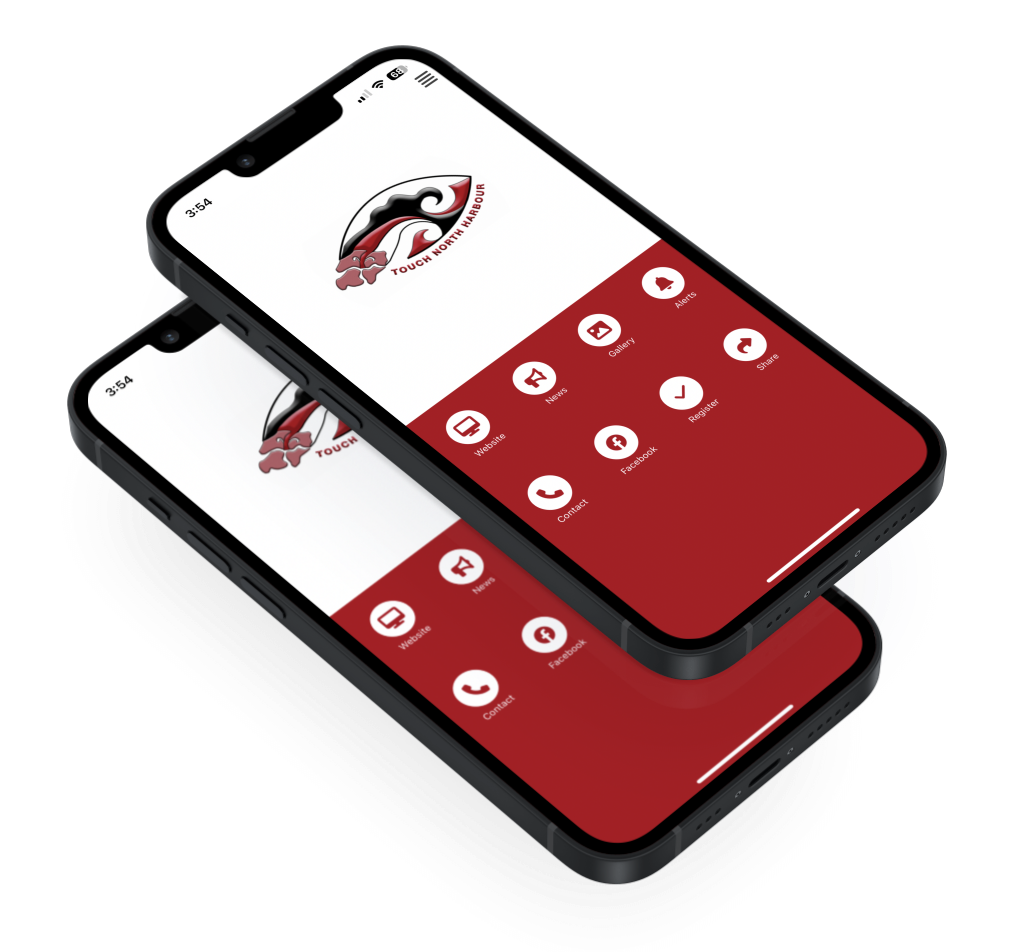WELCOME TO TOUCH NORTH HARBOUR
TOUCH NORTH
HARBOUR
Welcome to
TOUCH NORTH HARBOUR
We offer an opportunity for people of all ages, backgrounds, and skill levels to come together and share their love for the game. Emphasis we place on promoting participation for everyone. From experienced athletes to beginners, touch rugby welcomes all who wish to experience the joy of playing Touch in the North Harbour Region.

SOCIAL MEDIA
SIGN UP TO RECEIVE OUR LATEST NEWSLETTERS
TOUCH NORTH HARBOUR APP
Download the free Sporty NZ app to receive sport updates from Touch North Harbour.
Go to the App Store or Google Play, search for Sporty NZ, download then search for Touch North Harbour.



OUR SPONSORS
Lesley Woodhouse
Administrator
Phone: (09) 448 0304
Email: admin@touchnorthharbour.co.nz
Emails will be checked between 9am - 3pm.

Touch North Harbour
Sports House
Stadium Drive
PO Box 300-633
Albany
North Harbour
 Admin Login
Admin Login